Why Are There So Many Fires? Dr. David Martin Unveils What He Thinks Is Behind It
These fires may just be the smoke signals of a bigger problem lurking beneath the flames.
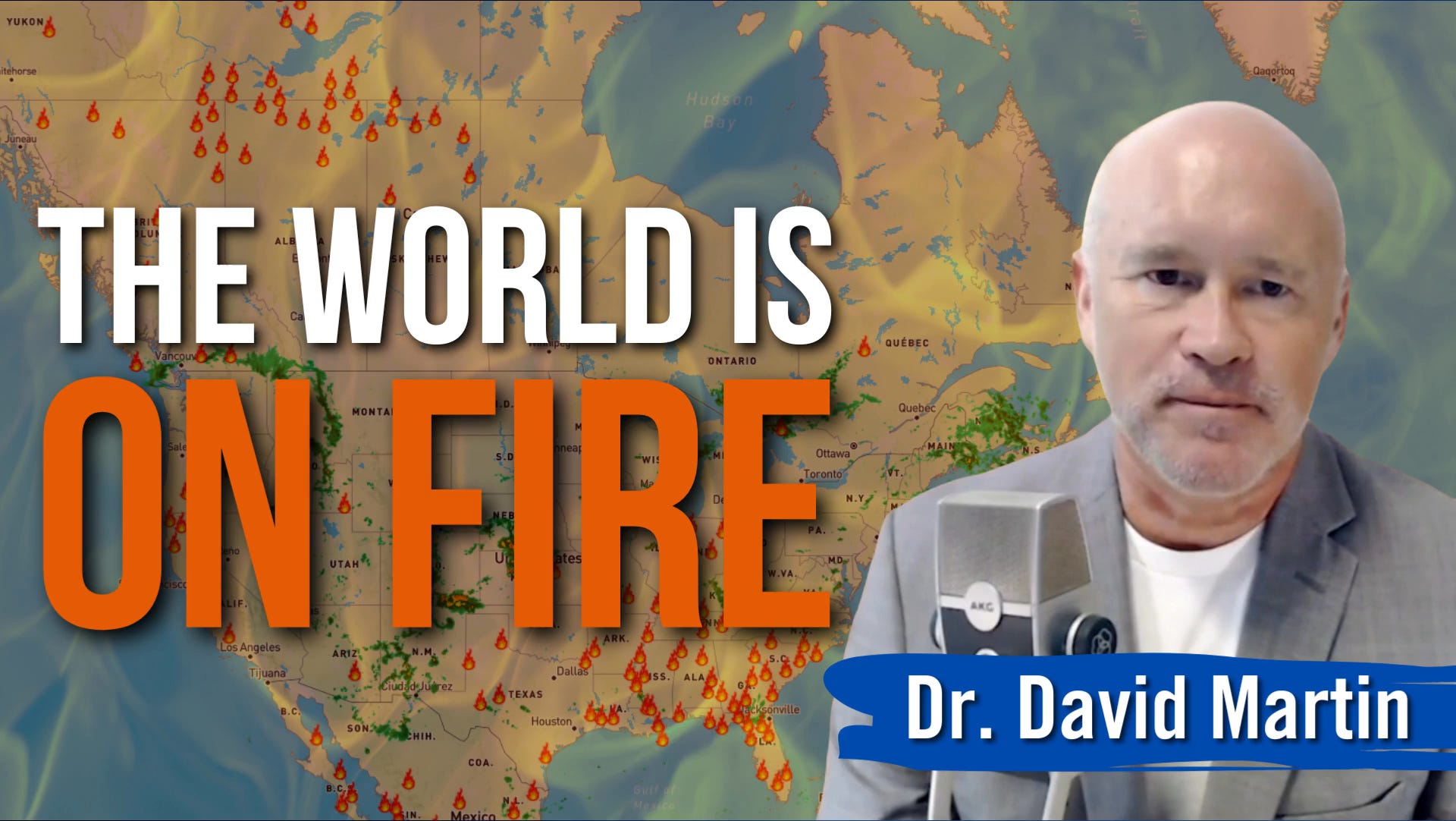
Originally Published on Vigilant News
The whole world seems like it's on fire. Fires are ravaging Maui, Canada, Greece, France—you name it. But when you dig deeper, something's off. Government mismanagement, questionable land acquisitions, and even newly minted laws raise eyebrows. Are we witnessing a bad wave of natural, runaway wildfires, or is there something else going on?
Maps lit up with fire indicators tell a worrying story; this is a global crisis, affecting our air, our health, and potentially, our future. We're not just talking about isolated events or simple accidents. The world's attention needs to be on this issue because when you connect the dots, it's evident that these fires may just be the smoke signals of a bigger problem lurking beneath the flames.
So, what's really fueling these fires, and who stands to gain from the ashes?
Seth Holehouse, AKA Man in America, invited technologist and entrepreneur Dr. David Martin to his program recently. Dr. Martinsuggested that this wave of fires is not just a mere natural calamity, but that a deeper, darker agenda is at play.
Dr. Martin makes an intriguing comparison between the current series of forest fires and historical events like the Dust Bowl during the Great Depression. While popular narratives label the Dust Bowl as an environmental catastrophe, Dr. Martin argues that it was actually a banking crisis aimed at crippling family farms to benefit industrial agriculture.
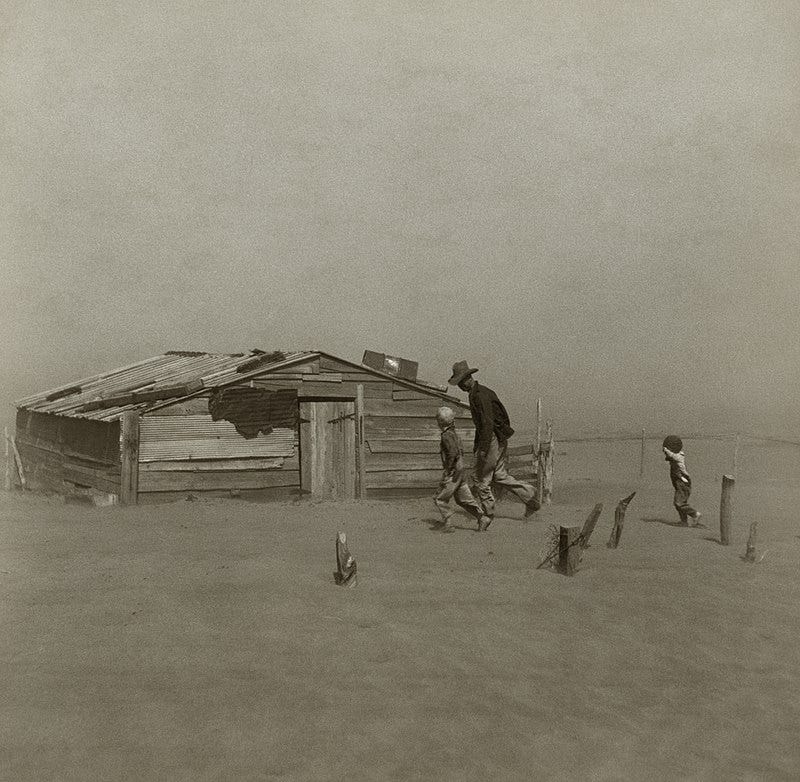
When you observe the puzzling behavior of those leading the scare campaign about CO2 emissions, it's strange to see them allowing forest fires to ignite and spread unchecked. It makes you question their intentions, considering we've always been told that carbon dioxide is harmful. So why are they contributing to increased CO2 levels by allowing trees, which absorb carbon, to be destroyed?
Click Here to Read the Full Story
Paid subscribers can continue reading here on Substack.

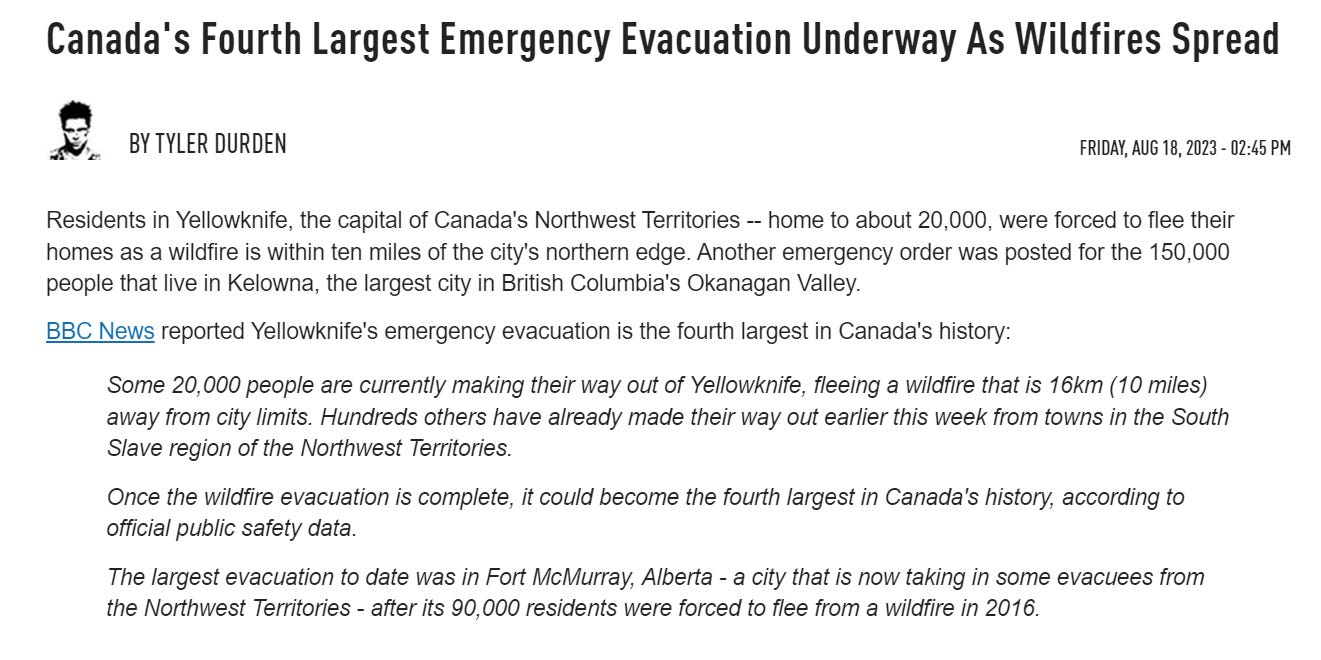
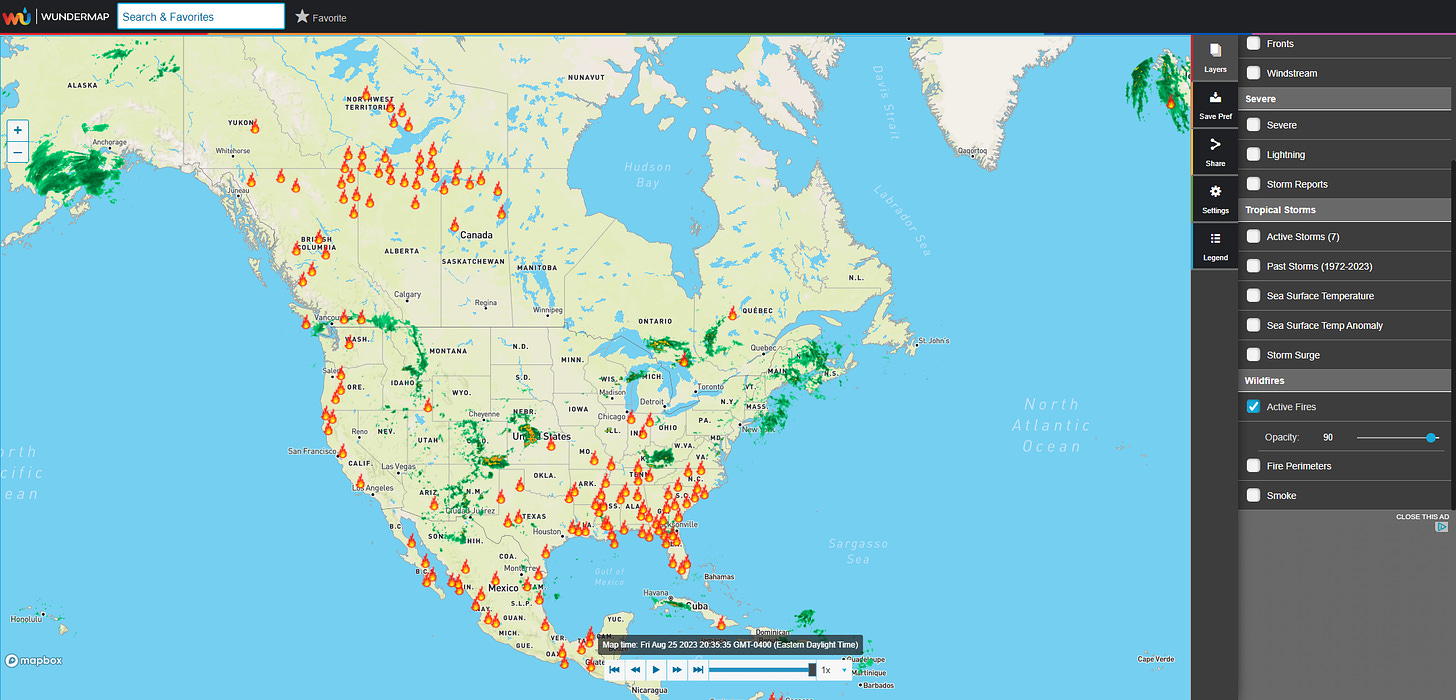
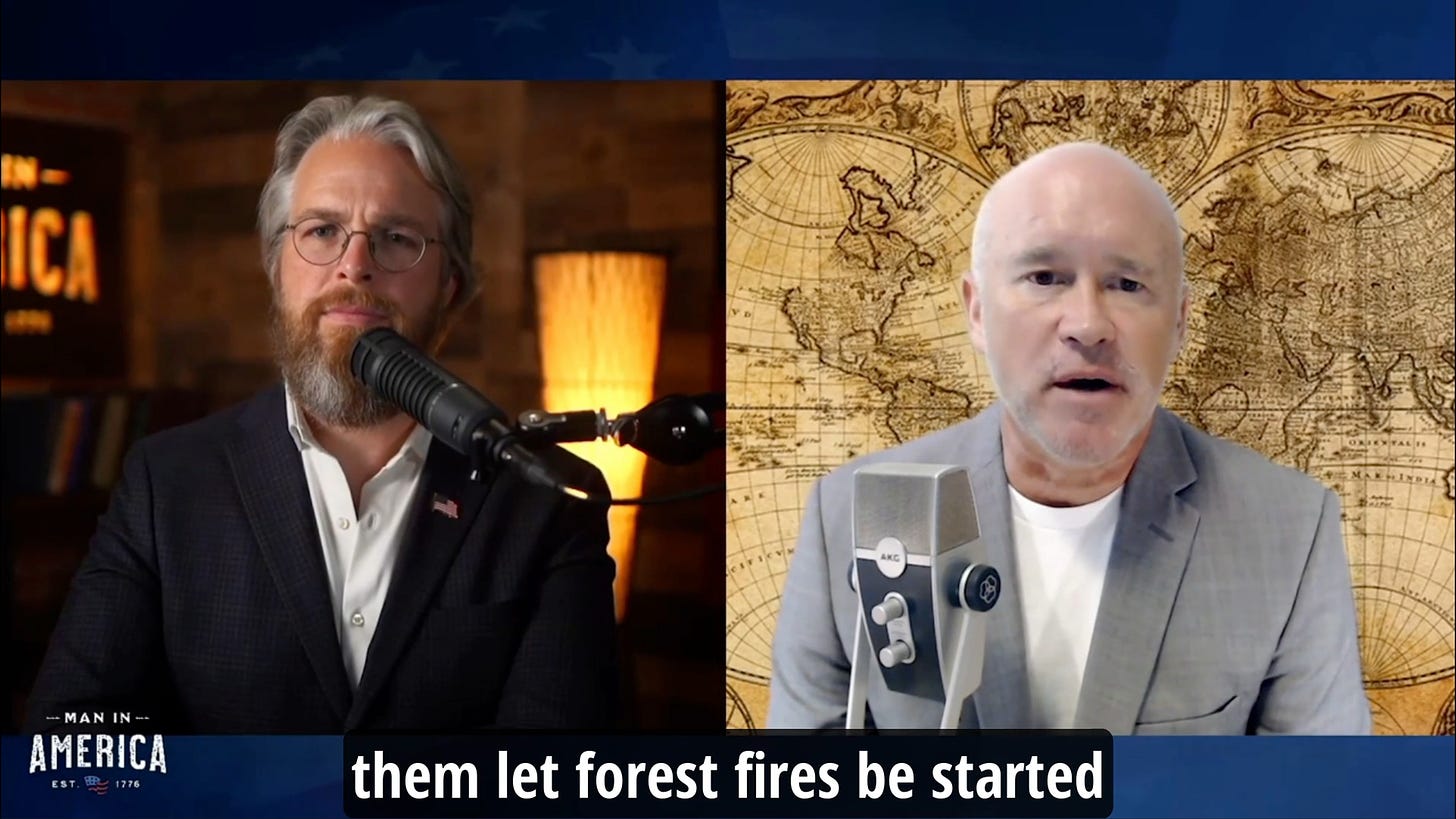
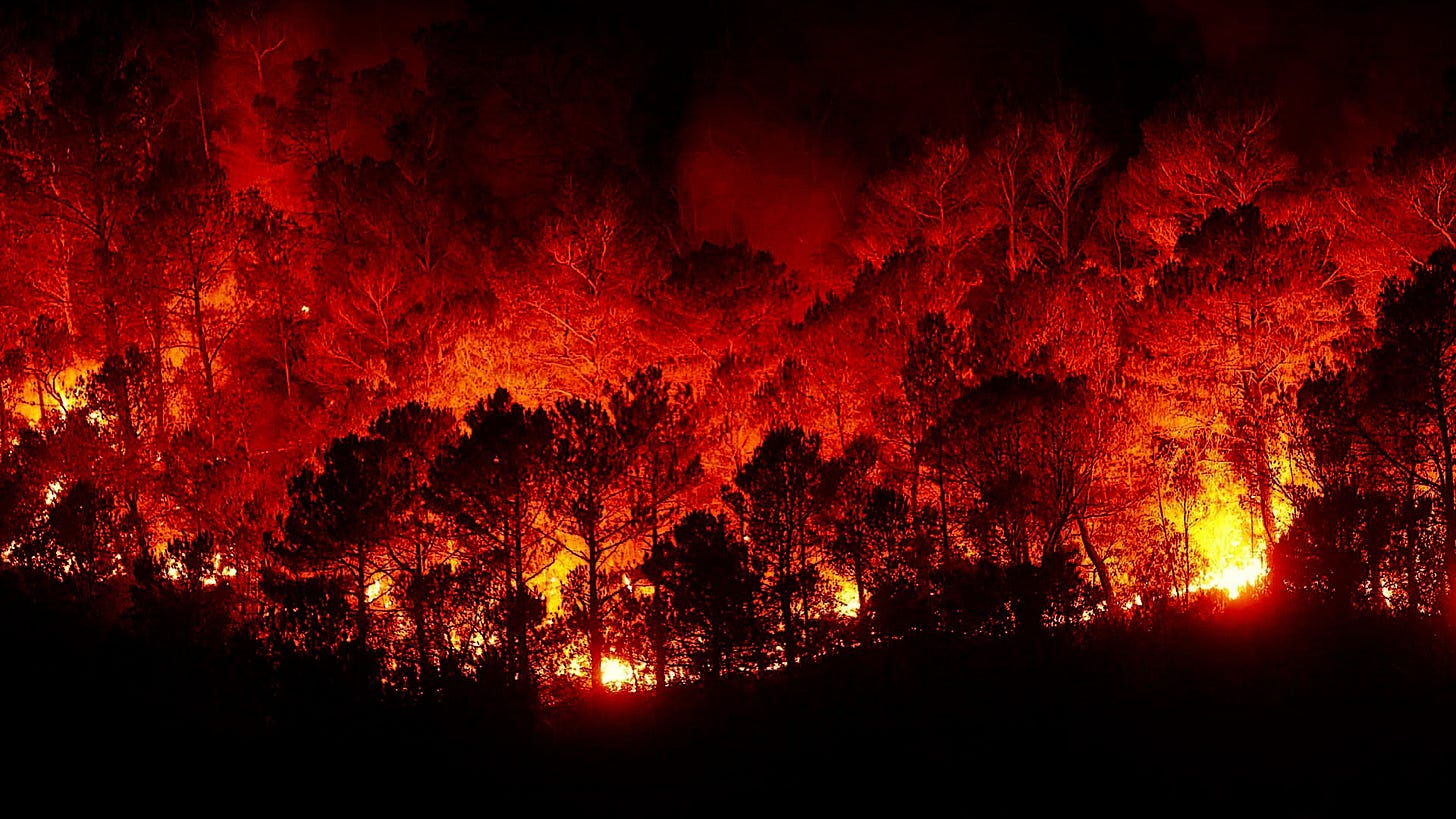

No comments:
Post a Comment